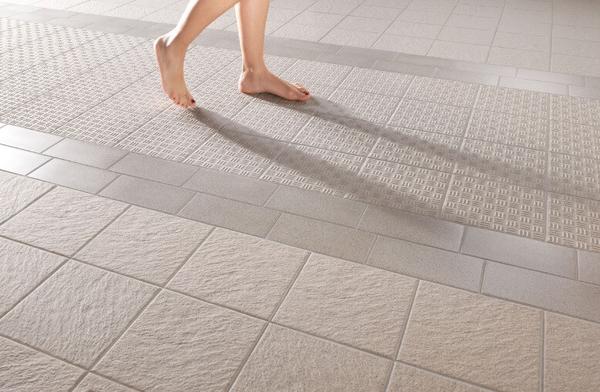You decided to refresh your bathroom a bit, and you even already found ideal tiles for that, but you suddenly notice that it is advertised as floor tile? If that sounds familiar to you, then you probably asked yourself whether any difference exists between the wall and floor tiles, and how crucial that is to use them on the specific surface.
Well, this is what I’m going to sort out for you here today!
Will Wall Tiles Be Safe On the Floor?
This is the common question from those who already picked up tiles they want to install on their floor but it suddenly appeared that it’s meant for walls.
And even though I can understand why you’d like to stick to that option (maybe, you liked the design or the texture, or the price), but I would rather look for the floor-designed alternative, and this is why:
- Floor tiles are usually way less slippery. That is important if you don’t want to get traumatized accidentally in your own bathroom, for instance!
- Wall tiles are less water-resistant, and if you install them on the bathroom floor, it will have to be renovated pretty soon.
But if wall tiles must not be used on the floor in terms of safety, it’s not forbidden to use floor tiles on the walls!
Floor Or Wall? How to Define Which Tile You Need
You probably read a lot of suggestions about how to pick up tiles. Some of them say that floor tiles are bigger whereas wall tiles are smaller, others insist that wall tiles must be made of ceramic only, and the ones meant for the floor must be of porcelain.
To be honest, those “rules” are better to be forgotten. Indeed, wall and floor tiles do have certain distinctions, however, those don’t necessarily preclude using wall tiles on the floor and vise versa. In fact, way more hangs upon the tile itself.
Generally speaking, the major distinctions of these types of tiles can be divided into two groups:
- Floor tiles are more durable and extra strong since they must bear the weight of the bathroom furniture including the bathtub and/or shower cabin as well. Moreover, such tiles must be able to resist any wear and tear.
- Wall tiles, on the contrary, can’t normally bear as much weight as their floor “cousins” do. Besides, they are usually smaller and more lightweight.
But that’s in very general words. To be more precise, when choosing tiles for the walls or for the floor, you need to pay attention to its rating.
Several types of ratings exist and each describes peculiar tile characteristics:
- PEI rating is about the wear and tear resistance of tiles. The lower the rating the weaker the tile.
- COF rating shows the coefficient of friction. In other words, it is about the skid resistance: the higher the rating the safer the tiles. I guess it is obvious that slippery tiles are best installed on your walls rather than under your feet.
- WA (water absorption) rating shows how tiles will respond to water.
When paying attention to these characteristics and nuances, you will be able to pick up the proper tiles easier.



